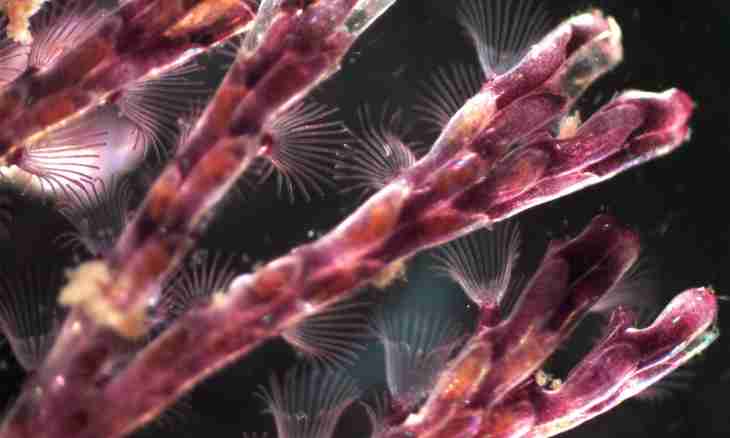The heredity provides continuity of generations, transfer of signs from parents to children. However descendants of living organisms are not full copies of the parents as hereditary information is capable to change. Heredity and variability – some of the major properties live.
The variability is an ability of living organisms to gain the new properties distinguishing them from other individuals. Even monoovular twins though something, but differ among themselves. The variability of organisms can be modification and hereditary, i.e. phenotypical and genotipichesky.
Modification variability
All signs of an organism are defined by a genotype. At the same time extent of manifestation of any given genetic sign depends on environmental conditions and can be absolutely various. It is important to understand that not the sign is descended, and only ability to show it in certain conditions.
Modification changes of signs do not affect genes and are not transferred to the next generations. Most often quantity characteristics – the weight, growth, fertility and others are subject to such changes. Various signs can depend on the environment to a greater or lesser extent. So, color of eyes and a blood type at the person are defined only by genes, and living conditions cannot influence them in any way. But growth, weight, muscle bulk, physical endurance strongly depend on external conditions – physical activities, quality of food, etc. On the other hand, how many neither train and nor you eat porridge, it is possible to build up muscle bulk and to develop endurance only to the set limits. These limits within which any sign is capable to change are called norm of reaction. It is caused genetically and is descended.
Hereditary variability
Hereditary variability – a basis of a variety of living organisms, "supplier" of material for natural selection and the main reason of evolution. She mentions genes. The genetic variability has two forms – combinative and mutational. The combinative variability is based on sexual process, a recombination of genes at formation of gametes and the accidental nature of meetings of gametes at fertilization. These processes work independently of each other and create a huge variety of genotypes. The reason of mutational variability – emergence of changes in molecules DNA. The mutations occurring under the influence of external and internal factors can mention both separate chromosomes, and their groups.
Mutagen factors
Mutagen factors considerably raise number of mutations in DNA. Carry the ionizing and ultra-violet radiation (the last is especially dangerous to white-skinned people), the increased temperature, salts of mercury and lead, chloroform, formalin, dyes from a class of acridines to them. Also viruses are capable to cause mutations.

